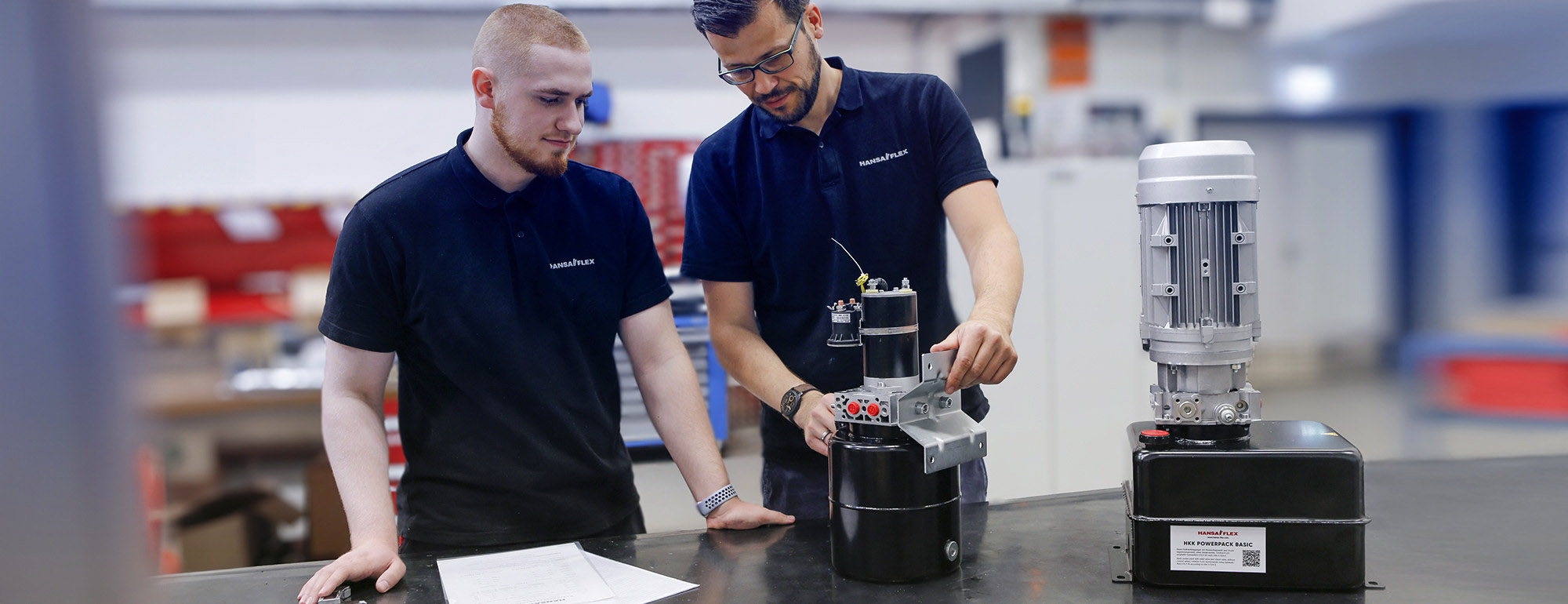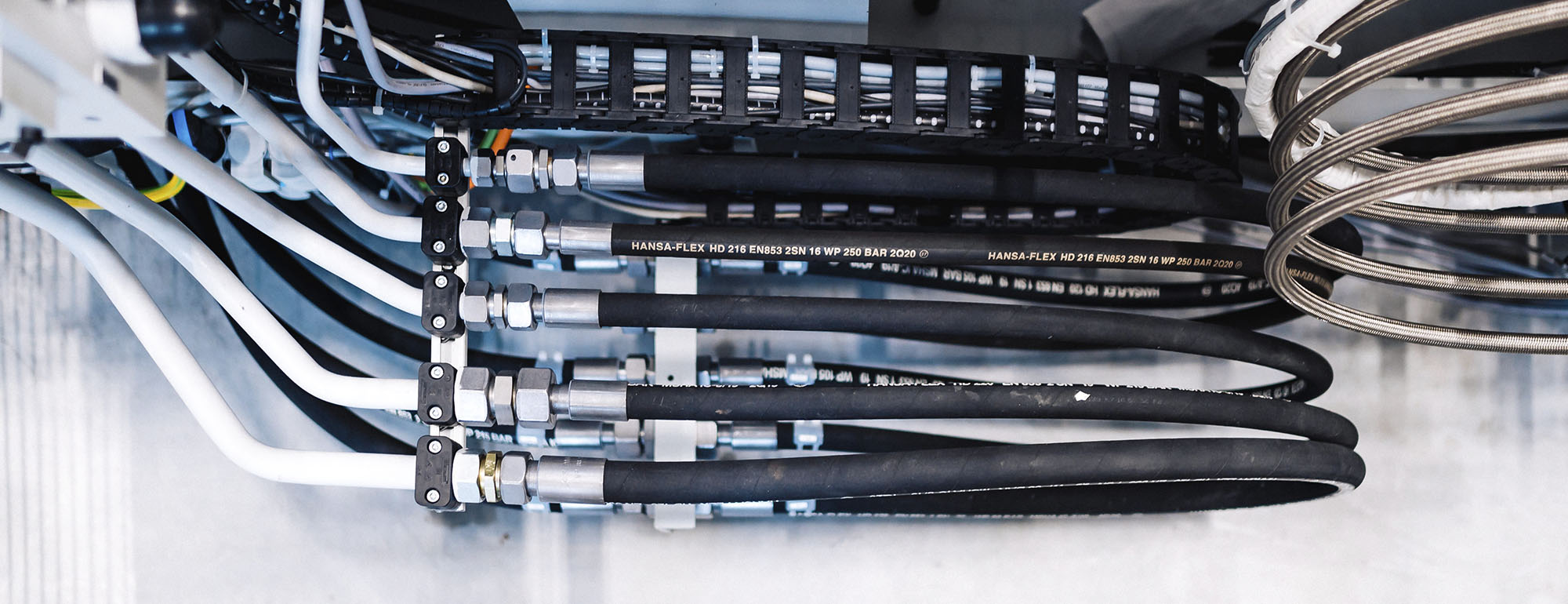You should look out for the following warning signs
- Unusual wear of seals and hydraulic hose lines
- Metal wear residues
- Cylinder leaks, scoring
- Pump failures, reduced volumetric flow
- System pressure reductions
- Frequent need to replace parts
- Short filter replacement intervals
- Variations in speed due to scored valve pistons
- Internal and external leaks on components
Examples of oil-related component damage
Damaging effects on hydraulic oils
-
Solids
Contamination of the hydraulic oil by solids such as metal particles, seal particles and dust is one of the commonest causes of damage. Attention: Fine solid particles are invisible to the naked eye.
-
Air
Entrained air in hydraulic oil. Too much entrained air in hydraulic oil can lead to severe component damage.
-
Mixing
The mixing of different hydraulic fluids often leads to a dramatic worsening of their physical properties.
-
Water
Contamination of hydraulic oil by water entering from outside the system or from condensation causes corrosion and various other types of damage.
-
Temperature
Too high operating or ambient temperatures reduce the performance of hydraulic oil.
-
Shear
Overloading through excessively high pressures and temperatures destroys the chains of molecules in the hydraulic oil and adversely affects its flow properties.
The 10 golden rules of oil care
Oil cleaning, detecting damage, system optimisation: Fluid care is complex, requiring a lot of knowledge and experience. What should you look for when dealing with hydraulic oil? Here is a list of the ten most important points.
The quality and cleanliness of the hydraulic oil used are crucial parameters for the operational reliability, service life and cost-effective operation of hydraulic systems. The advice of qualified fluid experts, lubricant manufacturers or dealers can prove very valuable in this respect.
To remove any foreign bodies that may have found their way into the system during installation, every hydraulic system must be flushed before first use and every subsequent bringing into use. In this way you can ensure that your system runs perfectly right from the start.
You have bought some fresh oil. Can you assume that it satisfies the cleanliness requirements? That could be a major mistake. It is not unusual for oil to be supplied in an unclean condition because oils are often not fine-mesh filtered during the production or filling process. Therefore, always ensure fresh oil is filtered before you put it into your system.
The mixing of different hydraulic fluids often leads to a dramatic worsening of their physical properties. You should always avoid mixing different oils because no combination of oils is ever 100 % problem-free. This applies to fluids with the same classification and to products with different viscosities.
Oil contamination with solids such as dust or particles of metal or seal material is one of the most frequent causes of damage and can lead to increased wear of the installed components. Contamination of oil with air or water can cause corrosion or cavitation. Suitable filtration solutions should be used and the system parameters optimised to avoid these damaging effects.
Have regular oil analyses performed in the laboratory or on site so that the oils used in your hydraulic systems achieve a consistently high quality standard. In this way, you will ensure a long service life for your systems and avoid expensive failures and long standstills.
You can use various filter systems, such as suction and return filters, to filter your oil. The filter elements should be changed at frequent intervals. Mobile filter systems, such as bypass filter systems, can also be hired from HANSA FLEX.
Too high an operating or ambient temperature reduces the performance of hydraulic oil. High temperatures can, among other things, lead to acid formation and high wear of the components. It is also worthwhile ensuring the tank contains the right volume of oil and using an oil cooler.
Are you installing a new hydraulic system? Pay attention to cleanliness to prevent foreign particles from entering the system. Before the system is brought into use, it should be thoroughly flushed clean.
Oil condition sensors help you to continuously monitor your hydraulic systems and drives. Your benefits: Malfunctions during operation can be quickly detected and the failure risks analysed.




